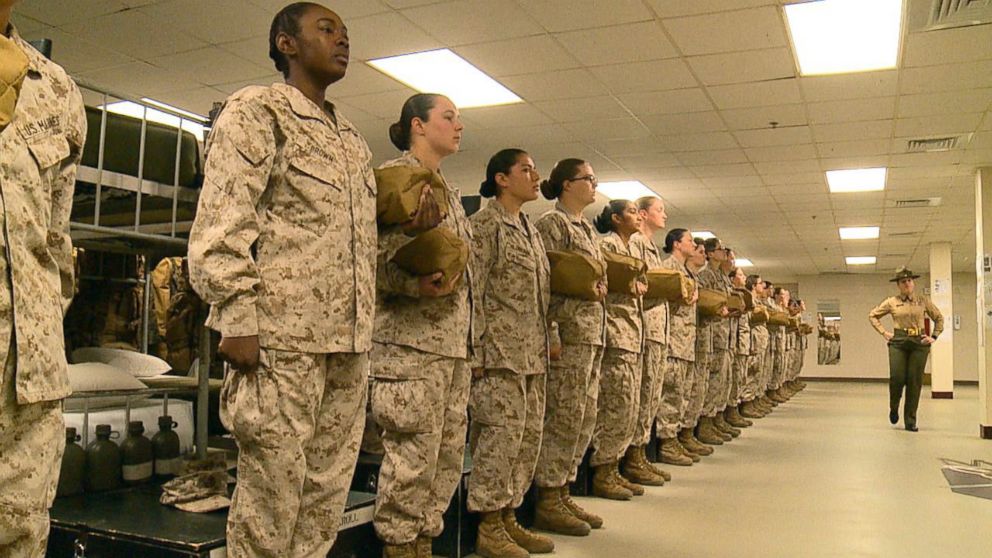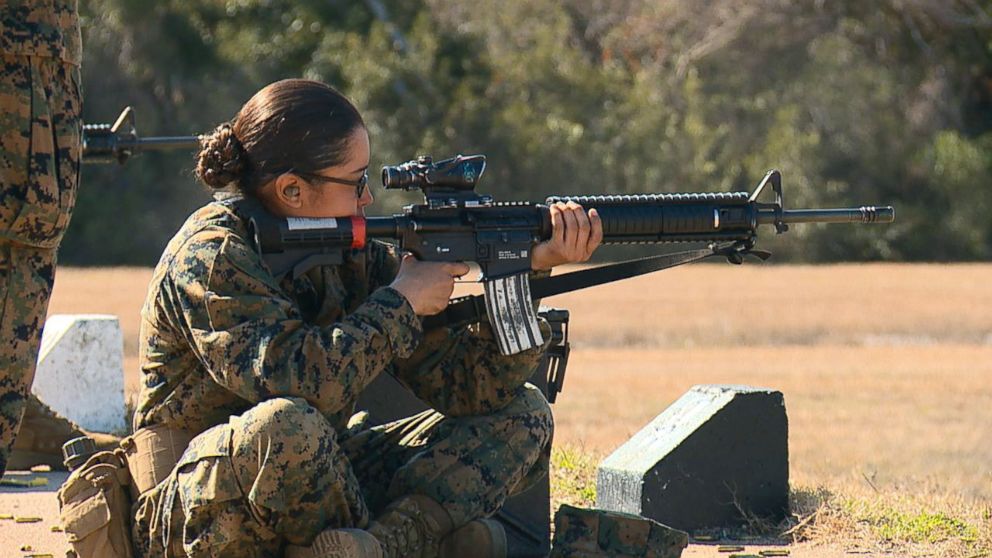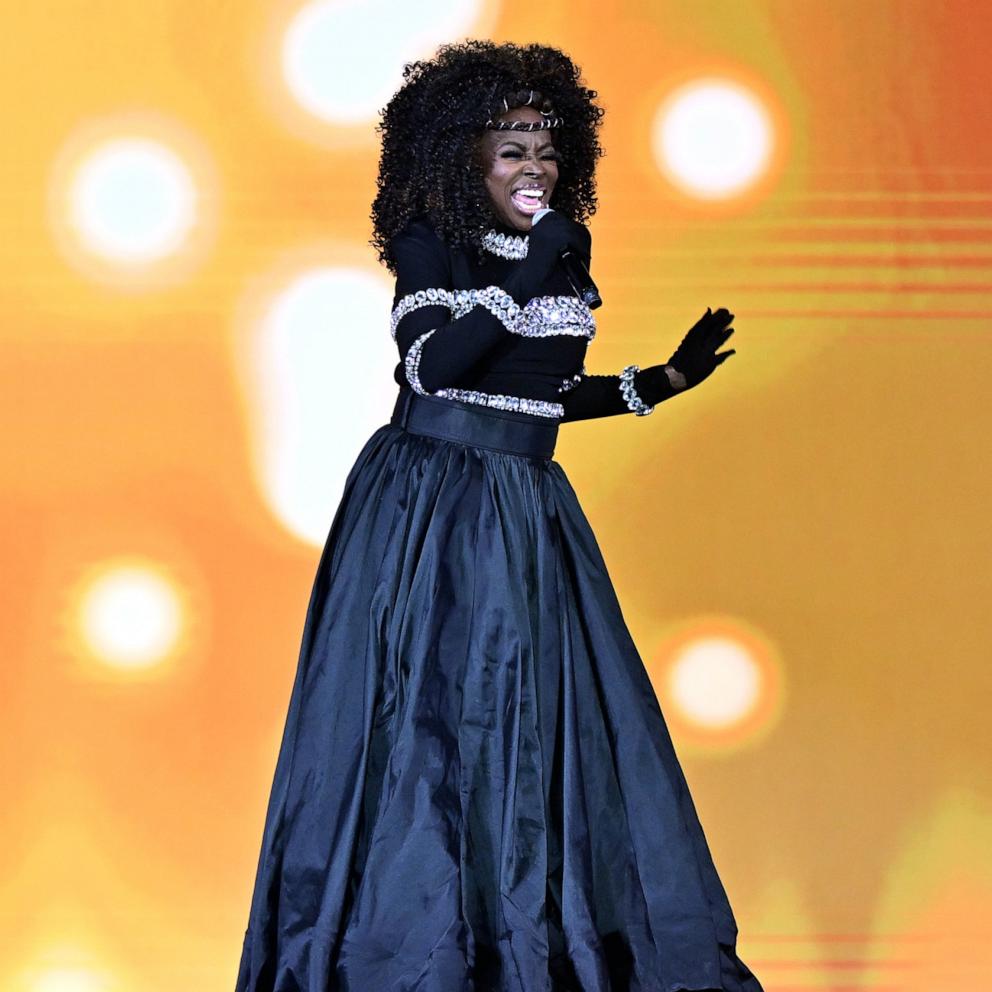Marine Corps integrates male and female platoons during boot camp for the first time
For the first time in its history, the Marine Corps will integrate female and male platoons during boot camp.
Unlike the other services, the Marine Corps has not fully integrated women and men during recruit training. Instead, at Recruit Depot Parris Island in South Carolina, the first three battalions are all-male, while the fourth battalion is all-female.
"On January 5, 2019, 3rd Recruit Training Battalion aboard Marine Corps Recruit Depot Parris Island, will start their training cycle with one female platoon and five male platoons," the Marine Corps said in a statement Friday, first reported by ABC News.
While the change is not permanent, a Marine Corps spokesman told ABC News that the service "will certainly look at how the company performs in this model as we continually evaluate how we make Marines."
The Marine Corps, which has the lowest percentage of women among the services at just under 9 percent, decided to incorporate the 50 female recruits into the historically all-male battalion because the recruiting classes are typically much smaller in the winter months. The integration allowed Parris Island to not activate 4th Recruit Training Battalion staff for a single female platoon.

"The decision was made by Marine Corps leadership in support of training efficiency and is a first in the history of Marine Corps recruit training," the statement said.
The female recruits will still be led by female drill instructors, but will live in barracks co-inhabited by their male counterparts.
"This training cycle of about 300 recruits will provide Recruit Depot staff a unique opportunity to assess outcomes, achievements and challenges in training, logistics and resource impacts of this company training model," the Marine Corps said.

Despite segregated male and female battalions, the Marine Corps has been increasing the amount of training men and women do together -- something ABC News saw first hand during a visit to Parris Island in February.
“The value of increasing the amount of integration that occurs between male and female recruits is that with increased exposure and socialization we address some of the attitudes that male recruits might have about female recruits and vice versa,” Lt. Col. Misty Posey, who leads the 4th Battalion, told ABC News during that visit.
Posey didn't see gender segregation as a detriment, but praised the Corps' efforts to have more instances of men and women interacting in their training, beyond just merely operating side by side. Sixty percent of recruit training is now either gender-integrated or co-located, according to the Marine Corps.
Male and female recruits complete the Combat Fitness Test exercises together: running side by side, facing each other while lifting the same 30-pound ammunition can over their heads, and sometimes even carrying one another on their backs. The genders are also integrated during the end of “The Crucible” -- the 54-hour culminating event of training where recruits face physical, mental, and moral challenges with only eight hours of sleep over the three days. They now hike the last nine miles of the event together.
The Marine Corps' West Coast recruit training in San Diego has not been opened to female recruits, something the Corps has said is due to the low number of women enlisting in the service.



